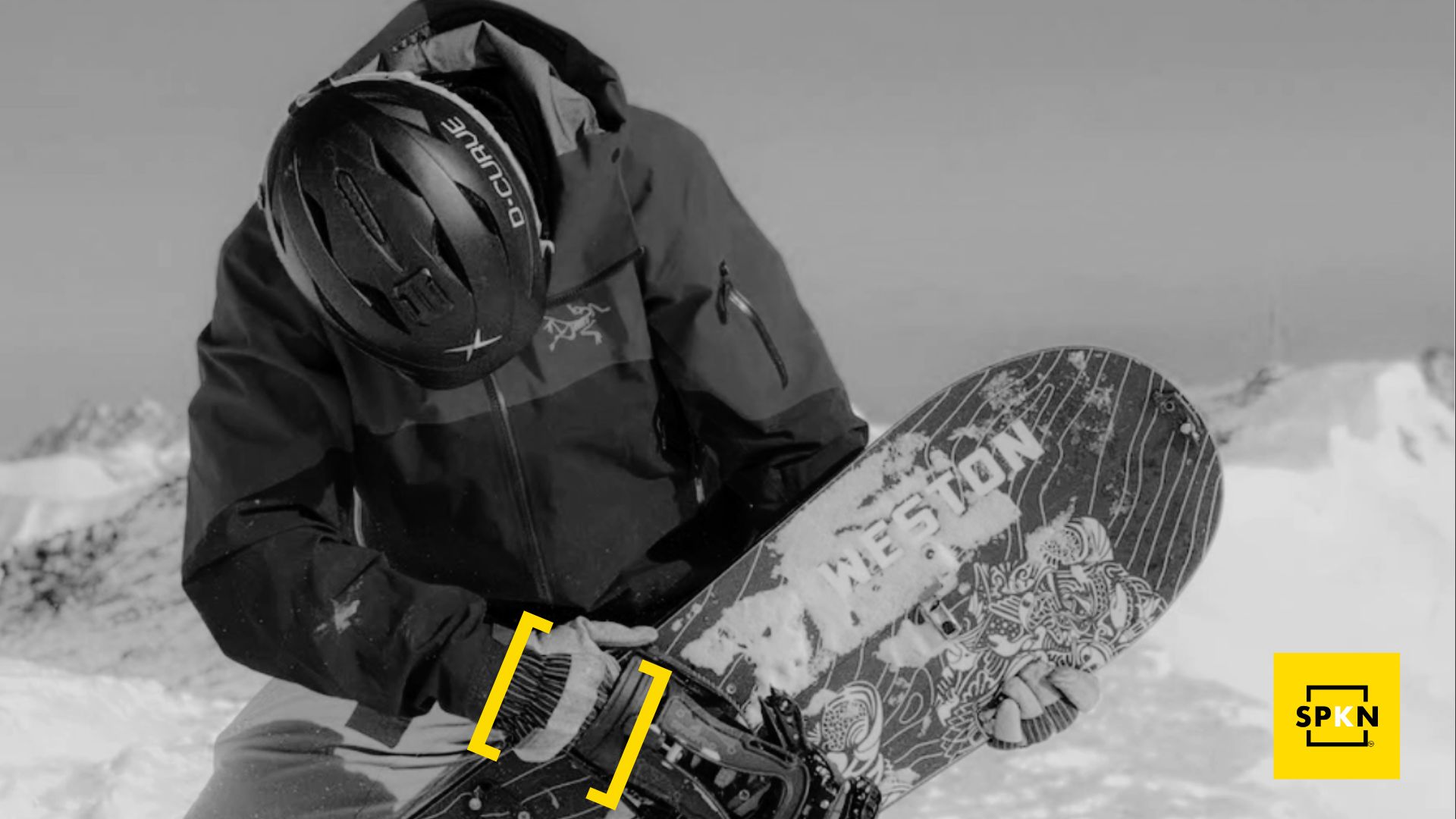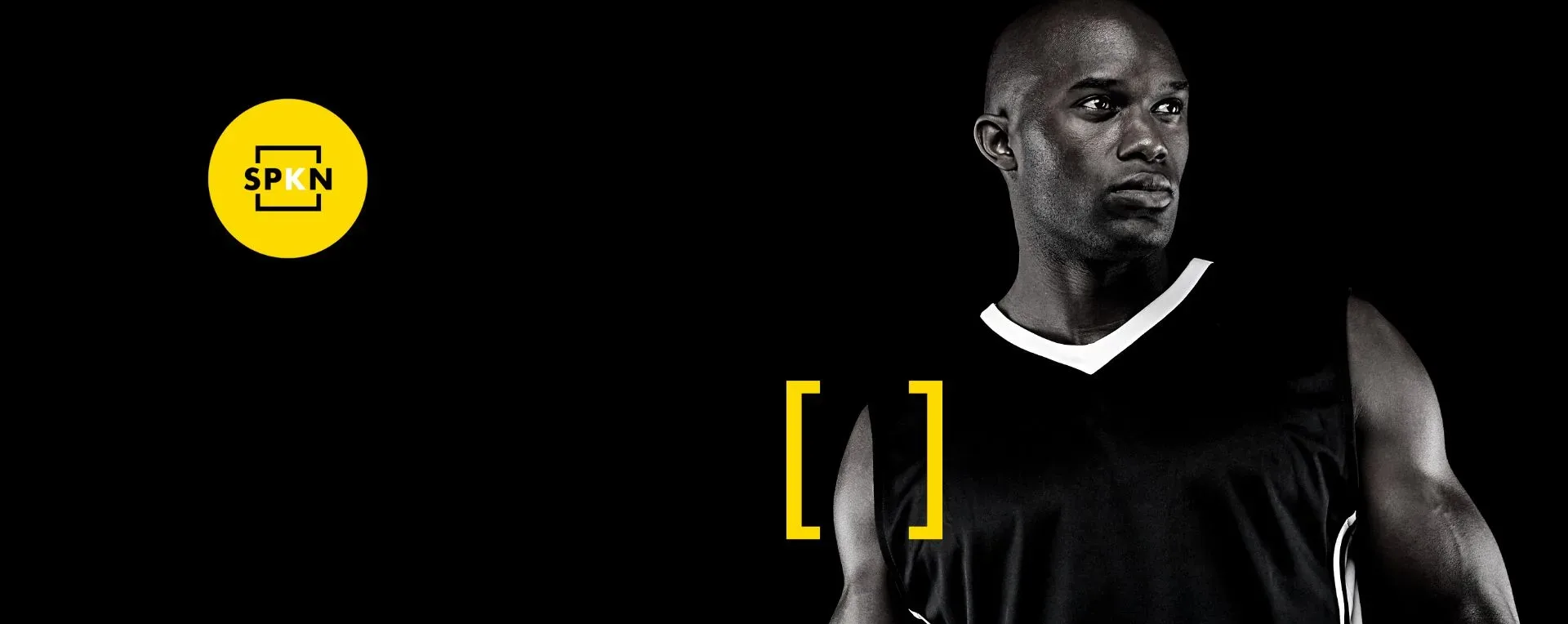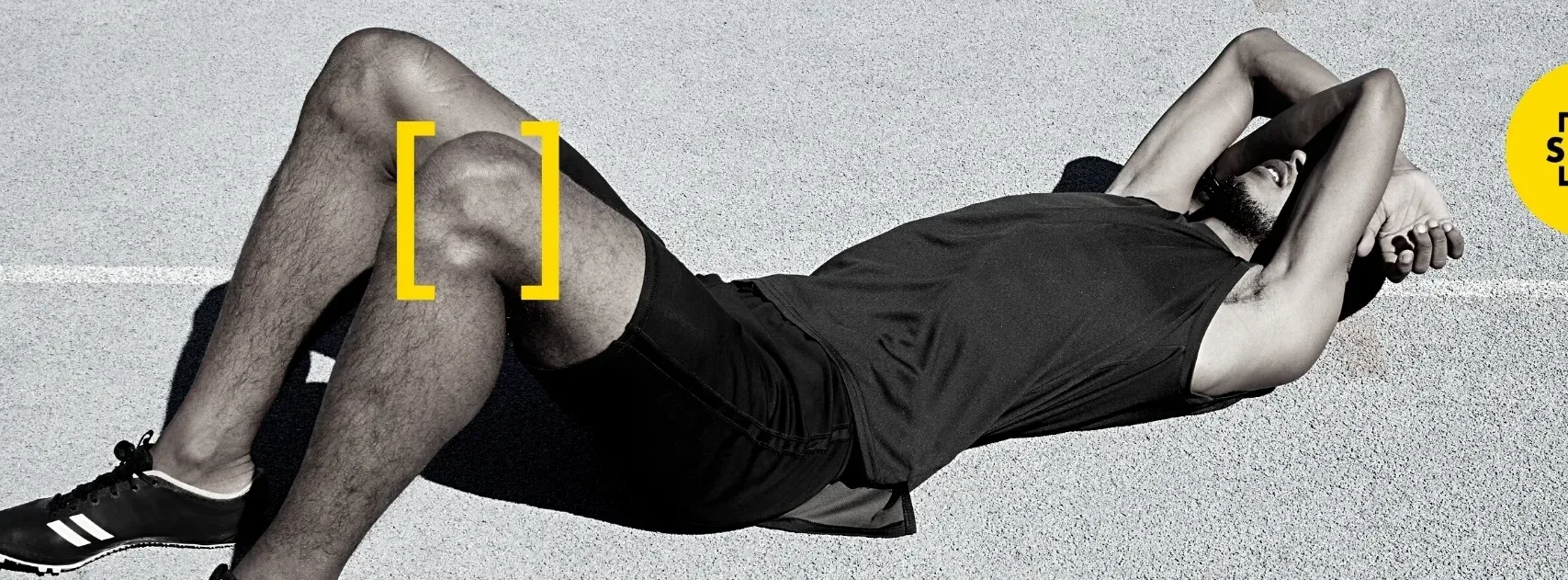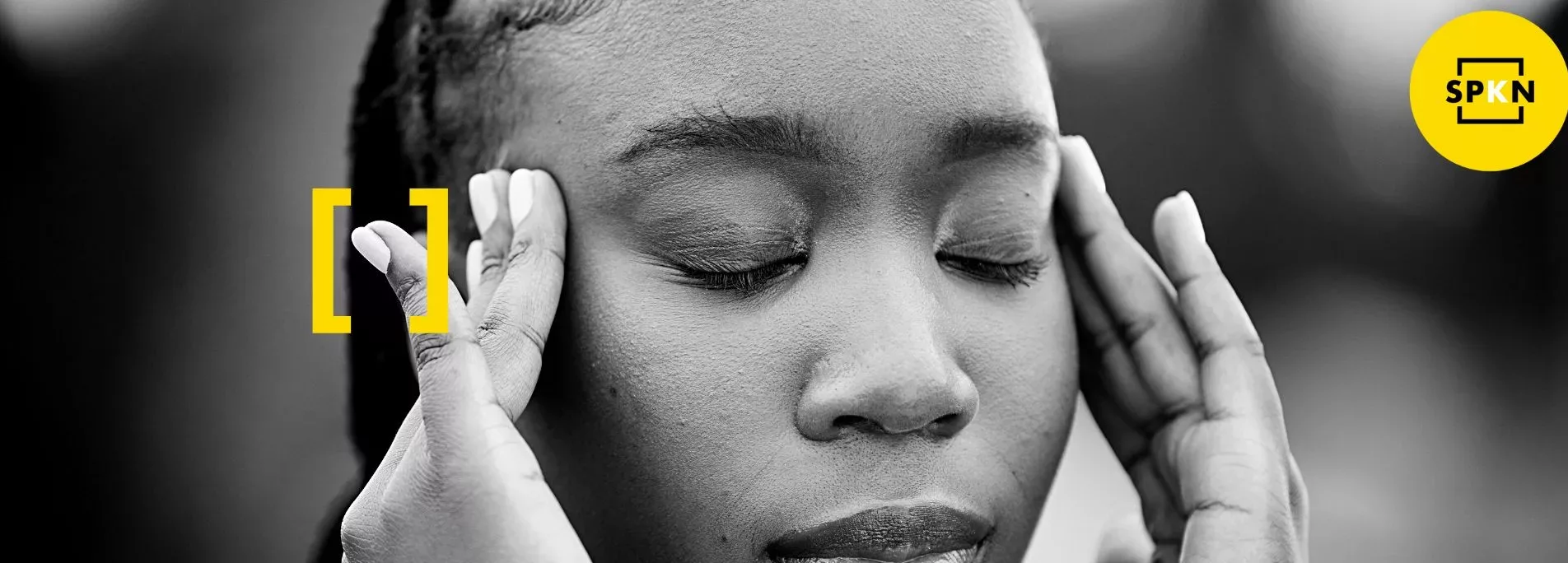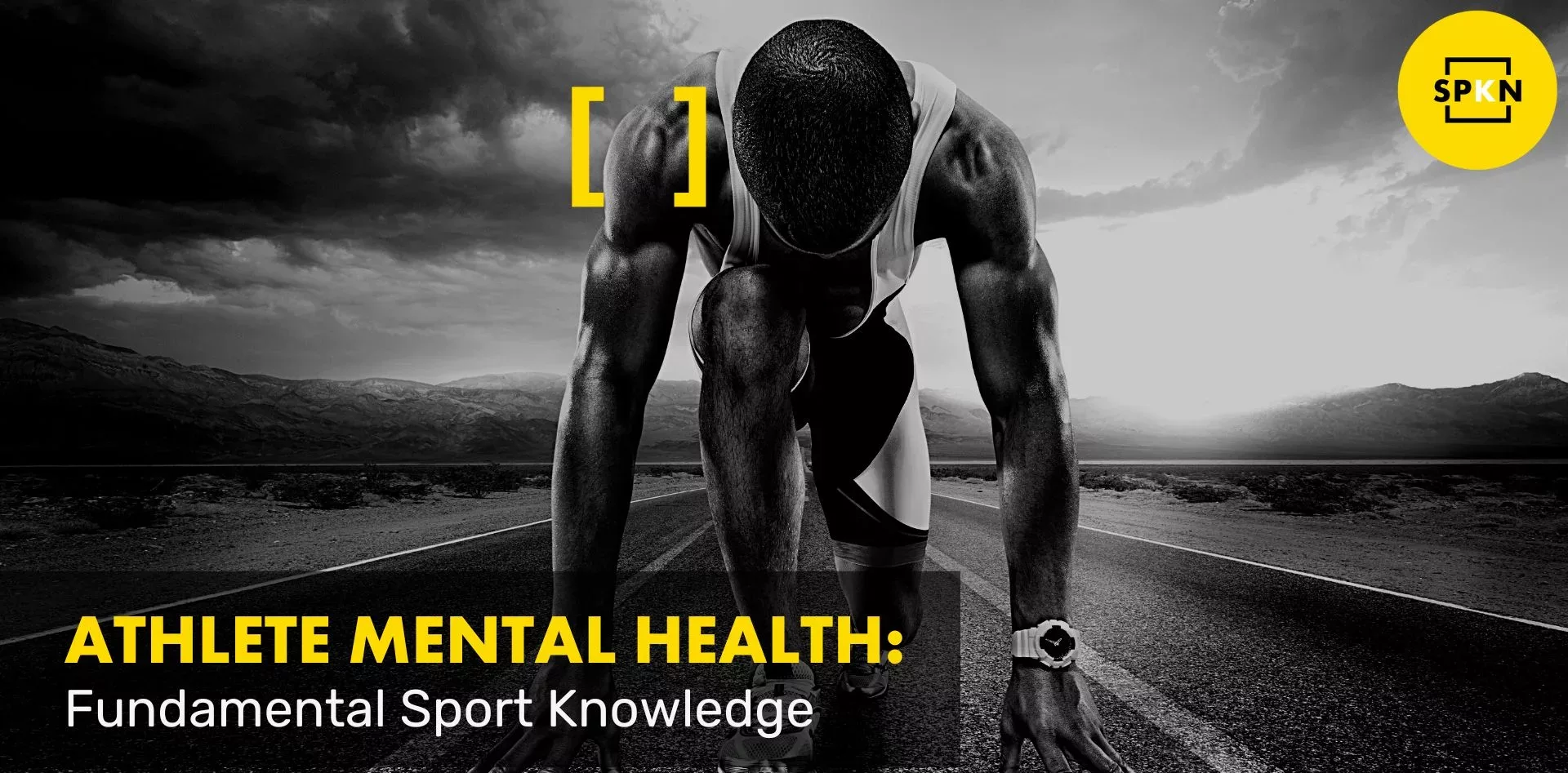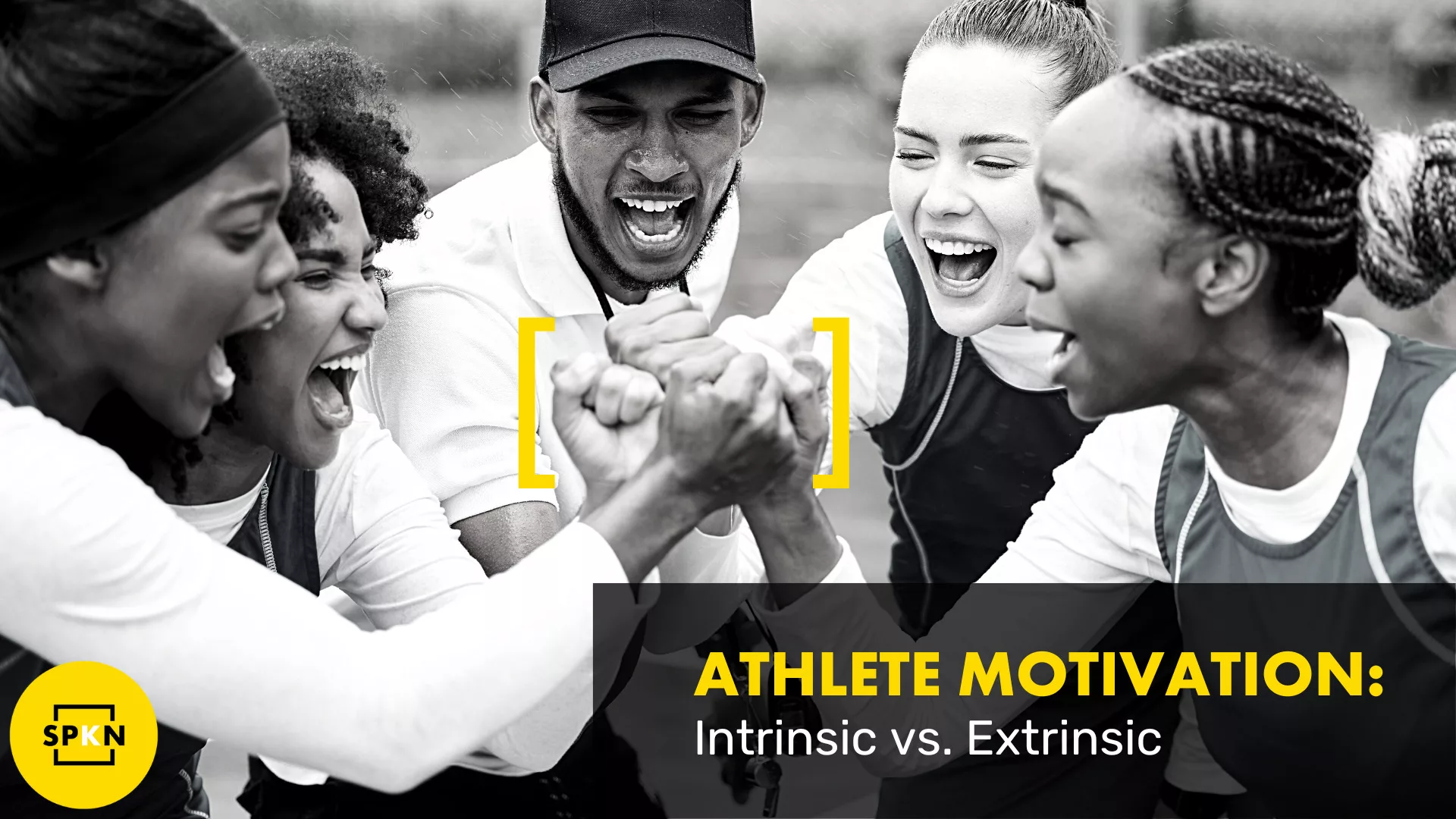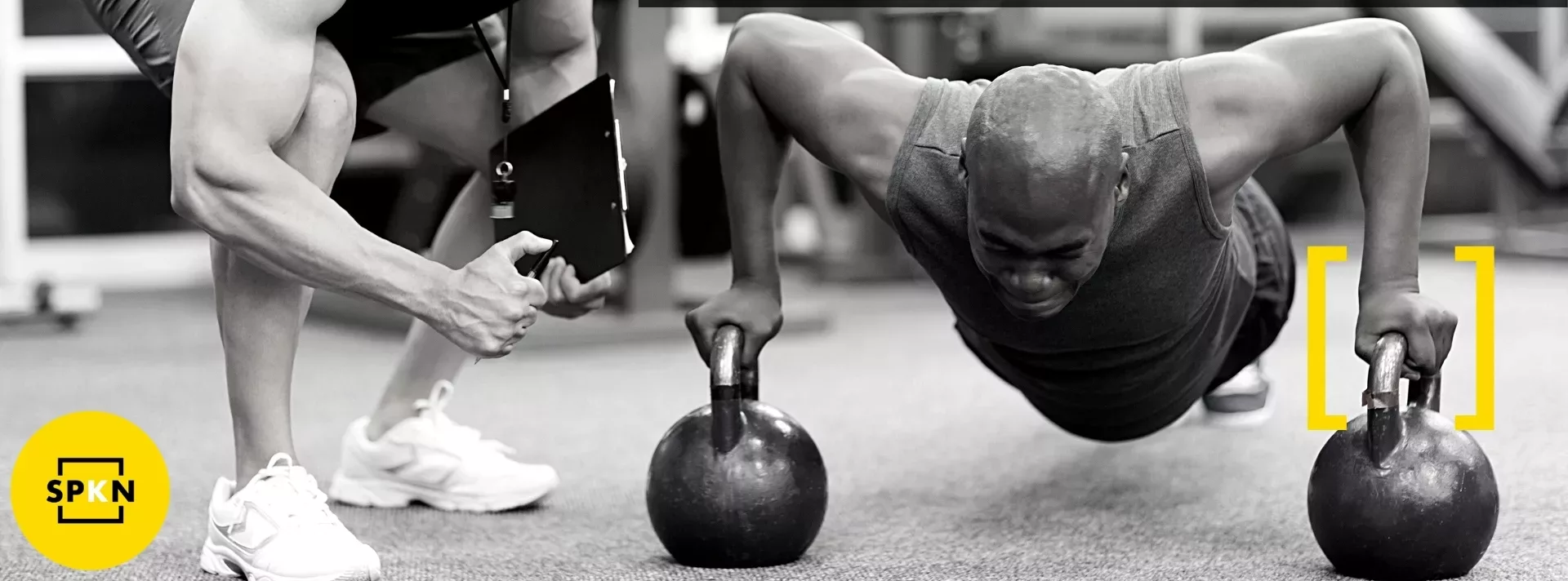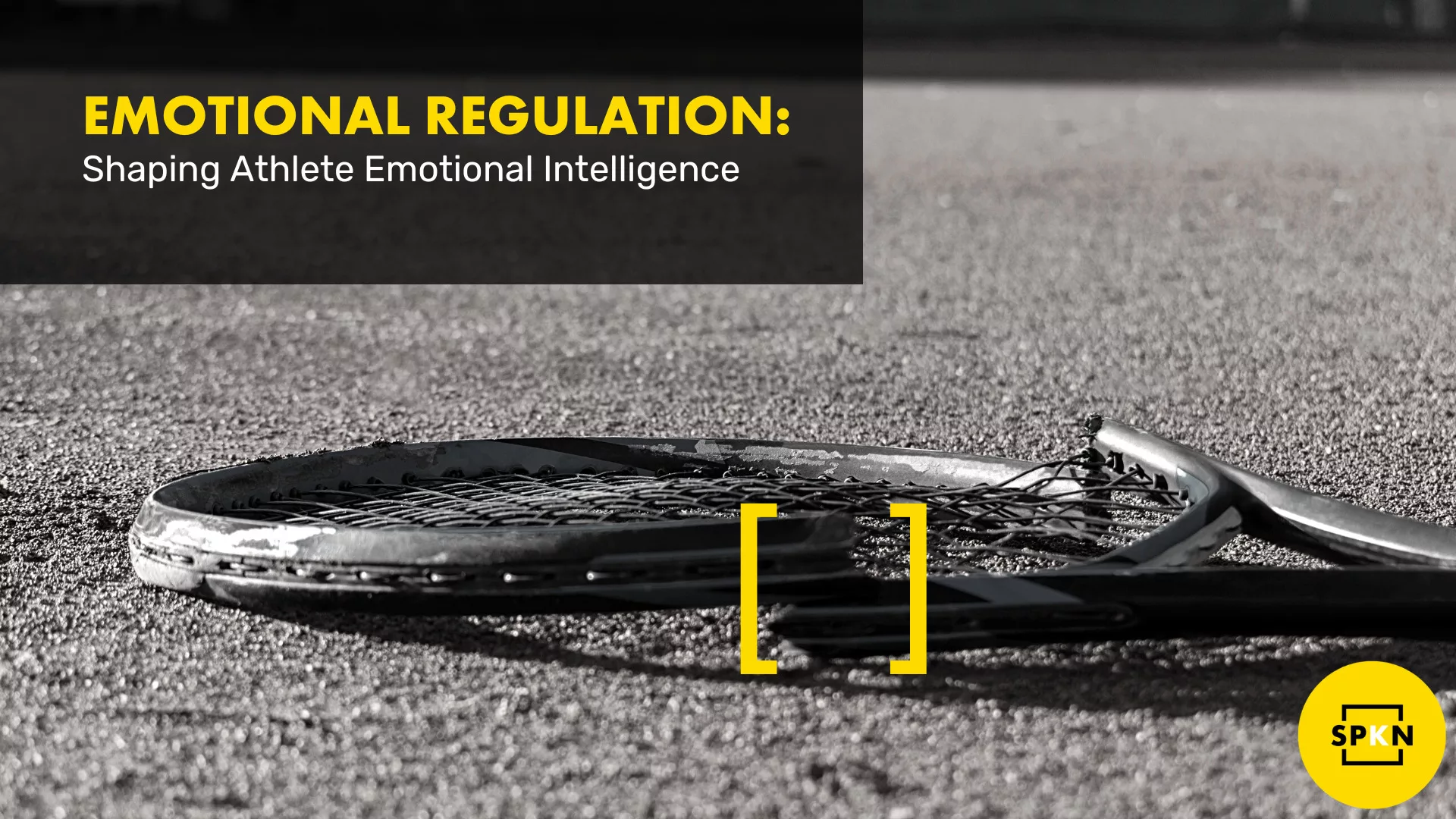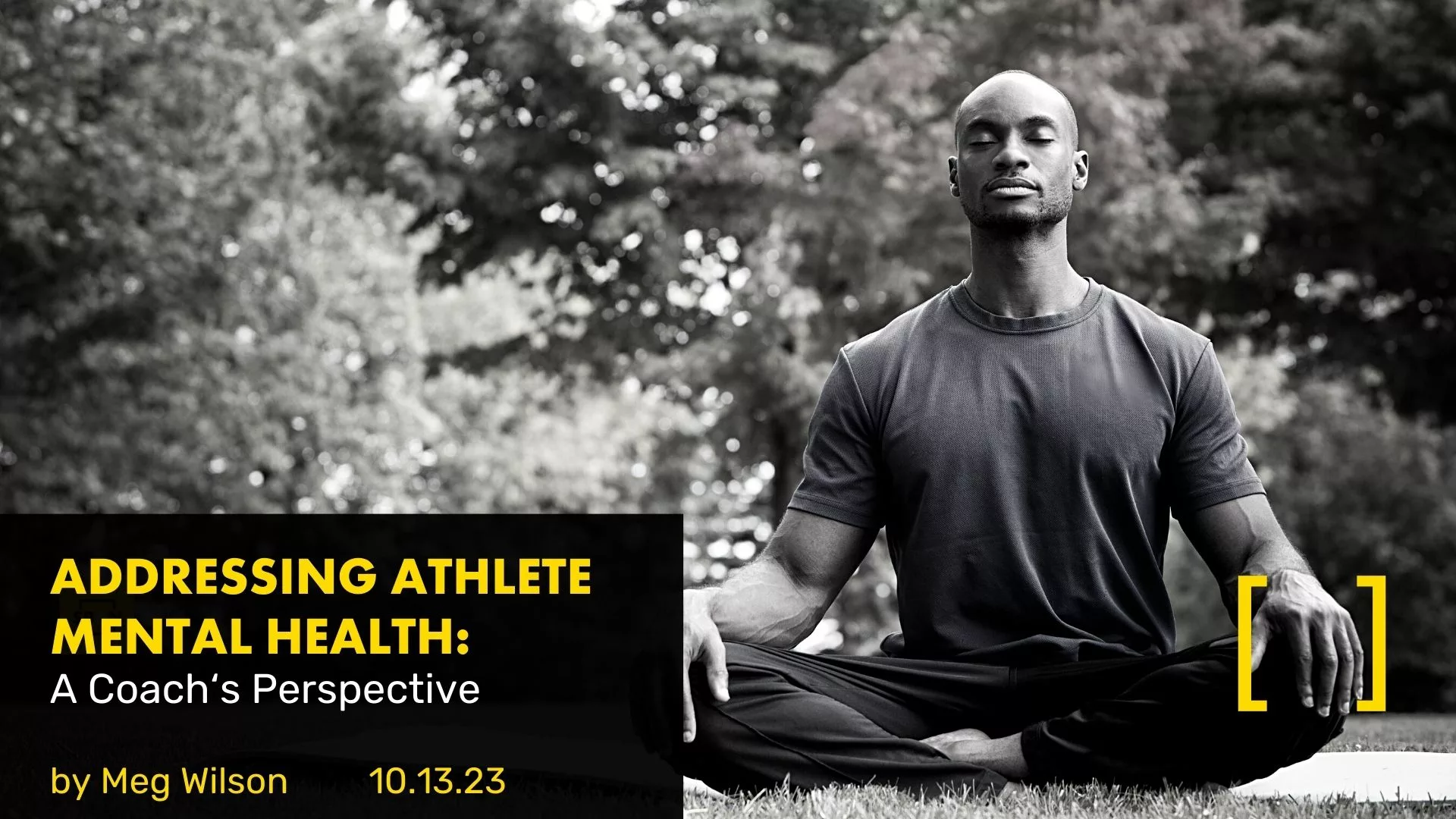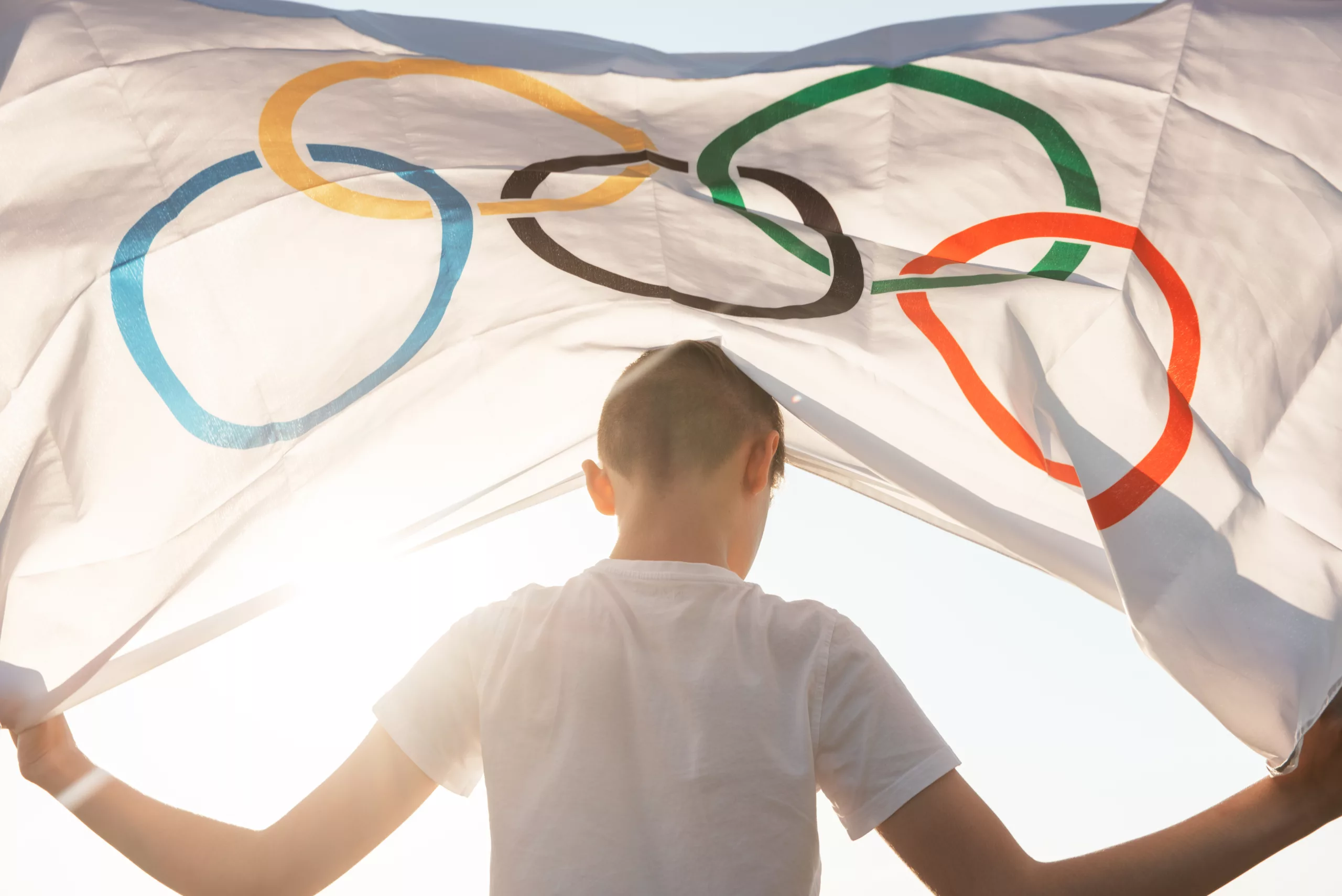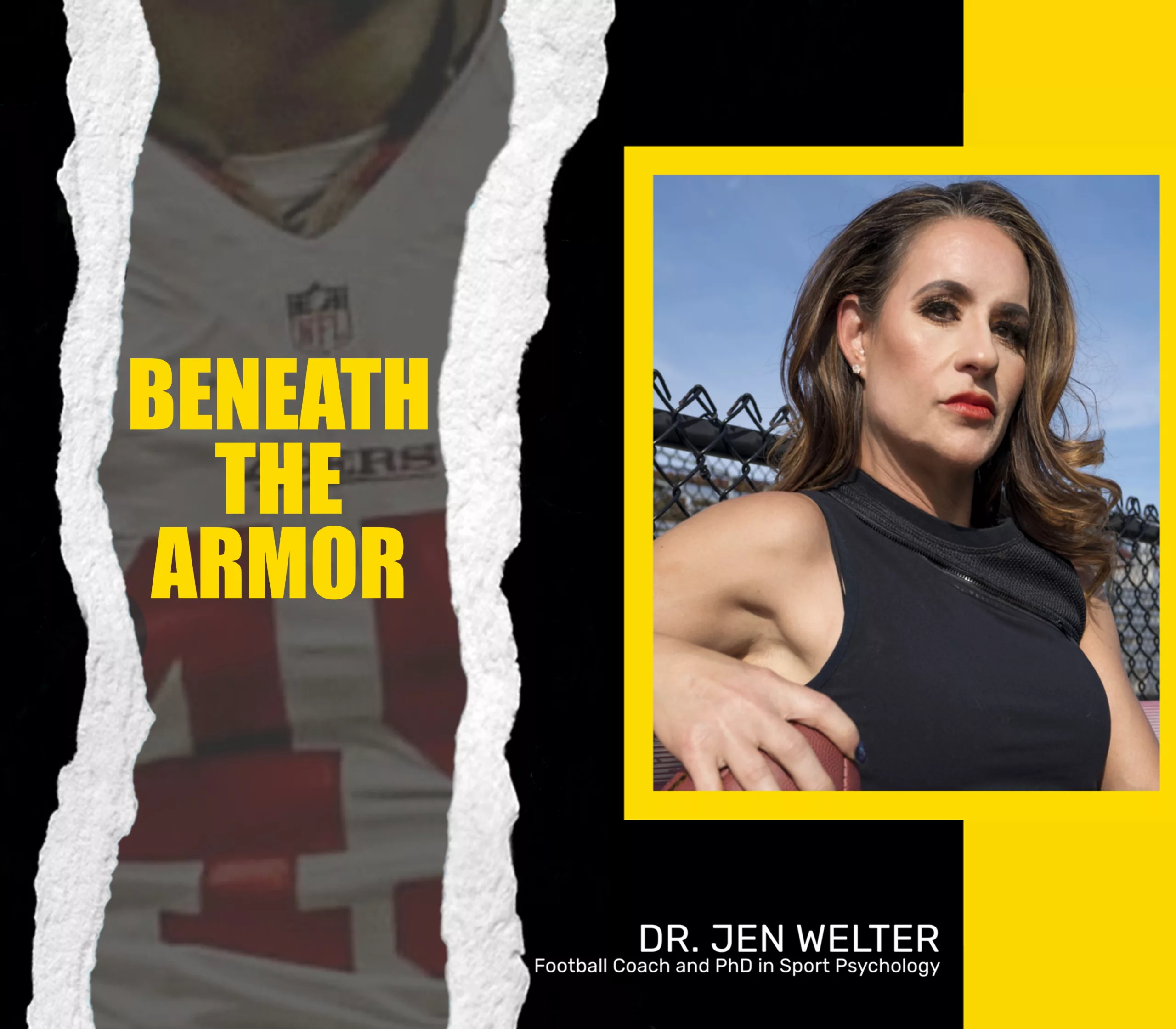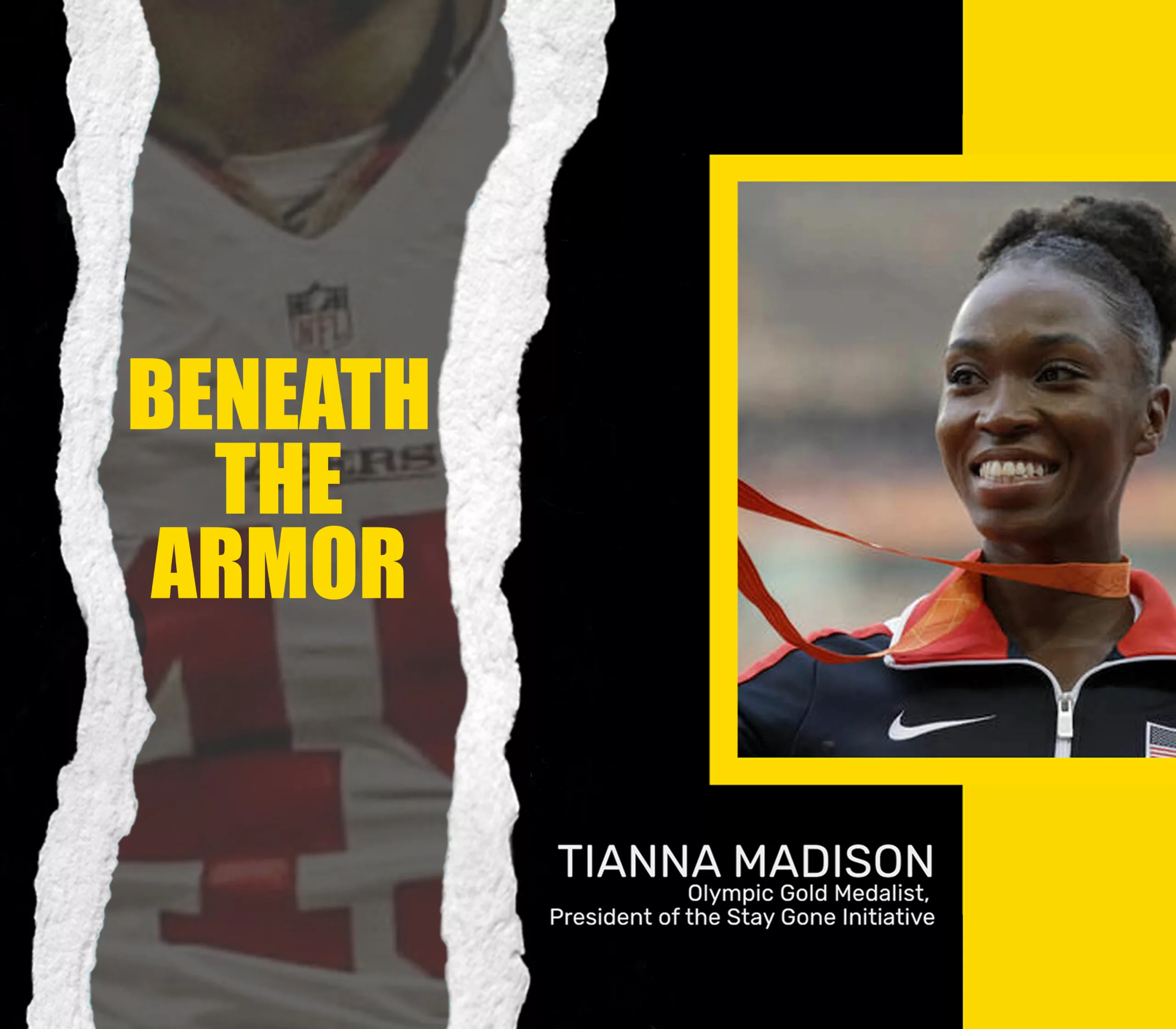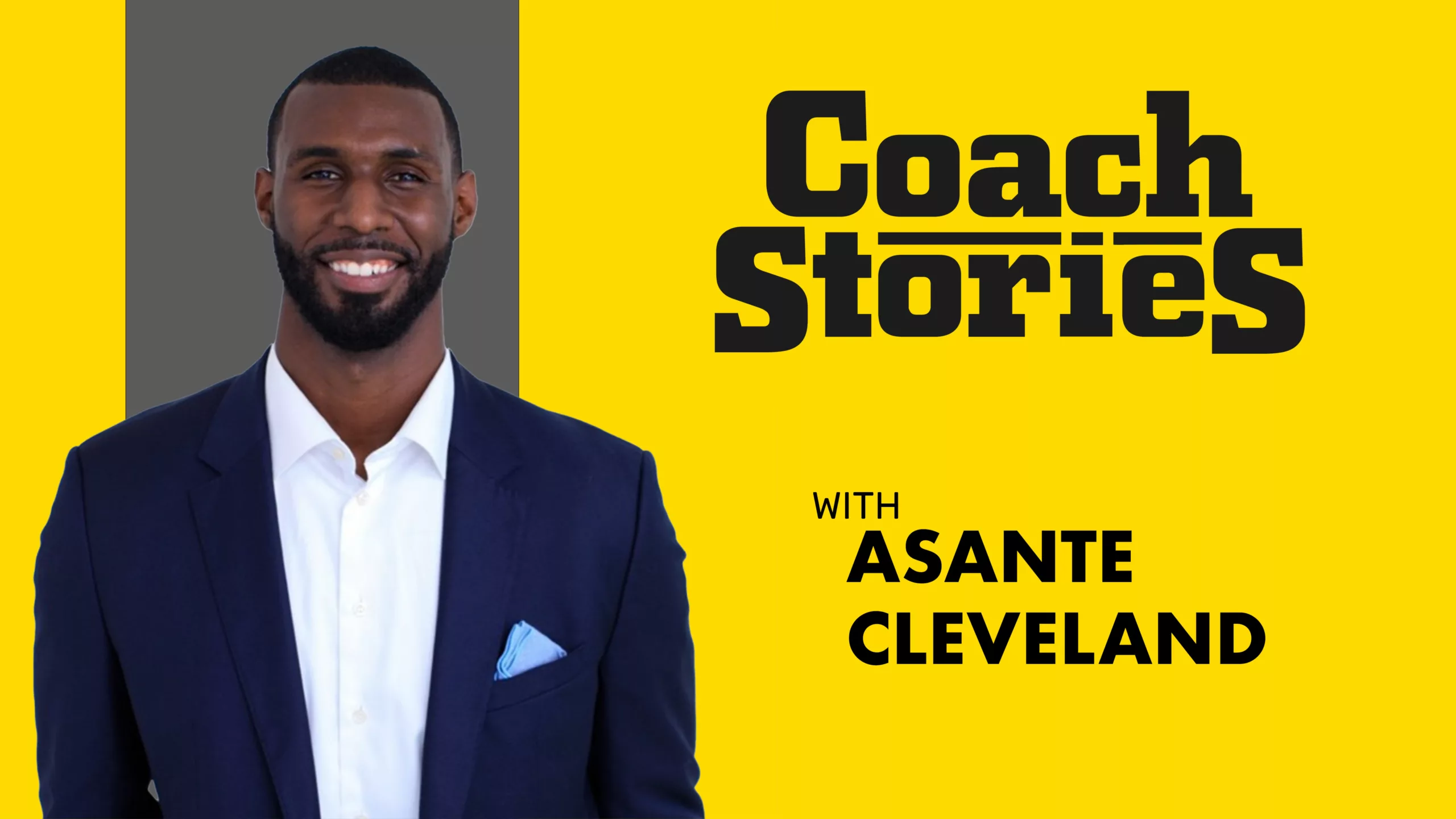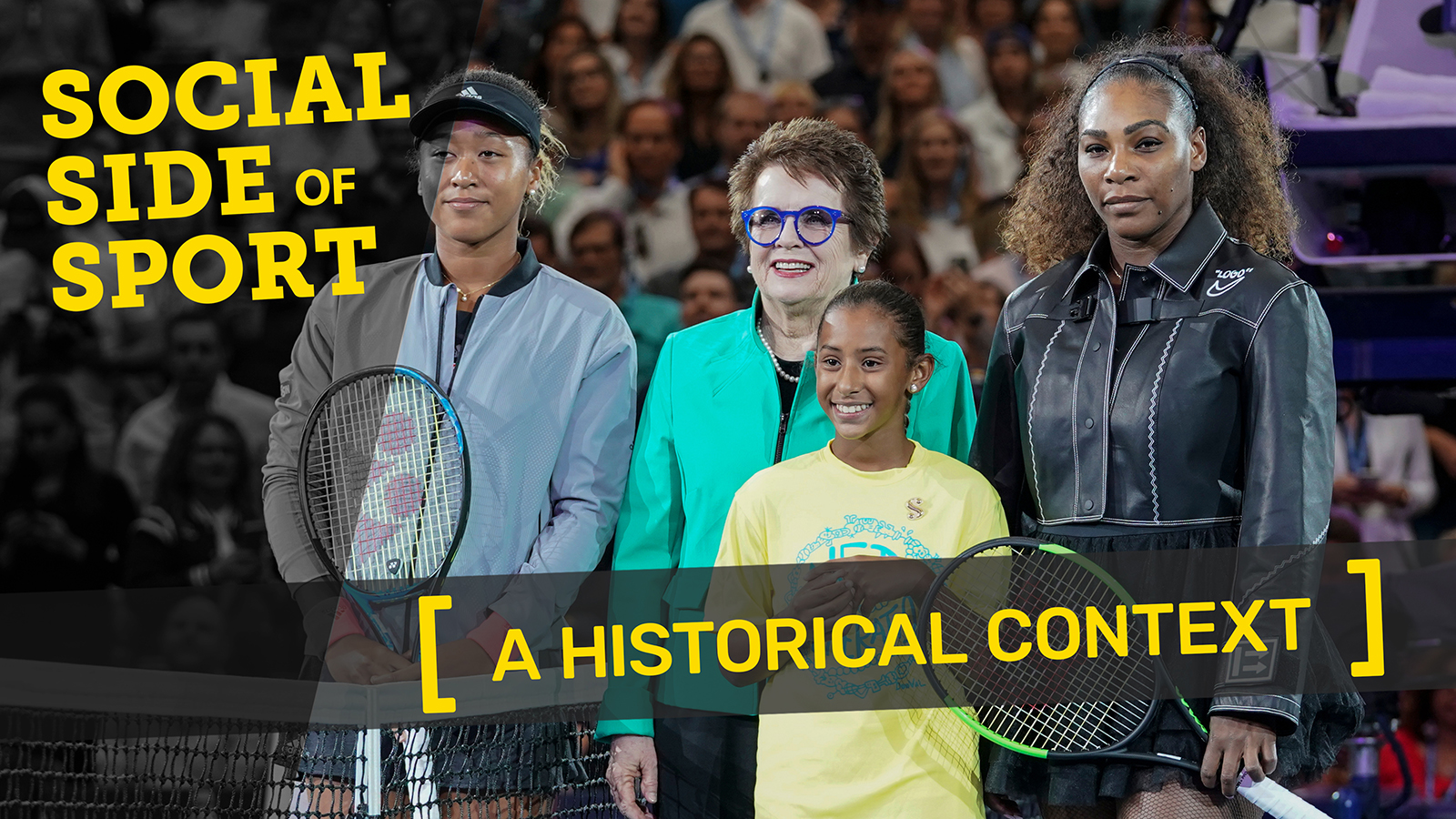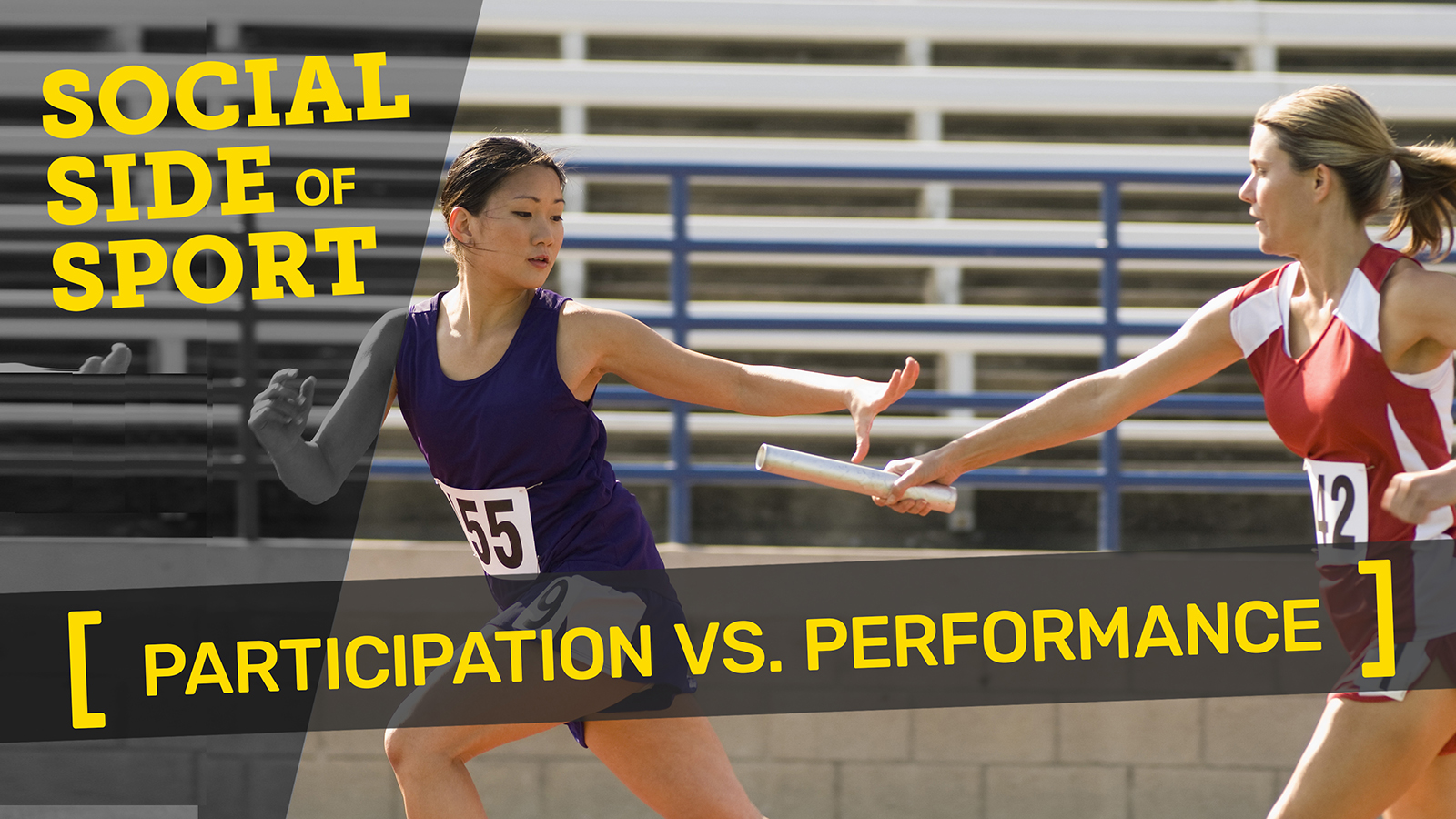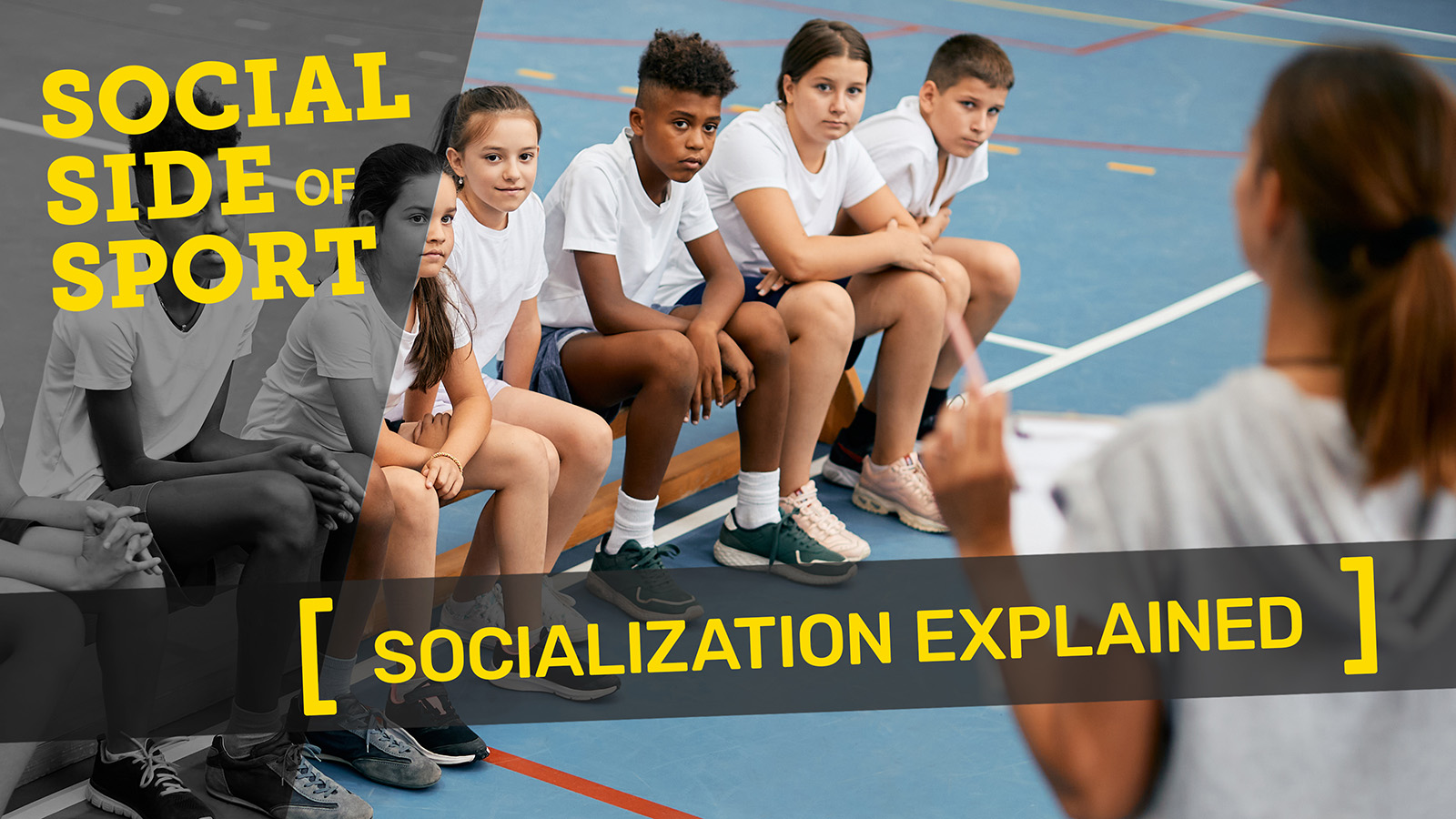Long-term athlete development, Performance psychology)
In psychology, a transition is defined as “an event or
nonevent (which) results in a change in assumptions
about oneself and the world and thus requires a corresponding
change in one’s behavior and relationships”
(Schlossberg, 1981, p. 5). This definition was a basis
for the human adaptation in transition model
(Schlossberg, 1981) that explained the transitional
change and outcomes by interactions of four sets of factors,
including situation (i.e., how the transition is perceived
by the individual), self (i.e., the individual’s
profile), support (i.e., availability of different kinds of
social support), and strategies (e.g., information seeking
or direct action). This model for about two decades
guided sport psychology research on athletic retirement
that resulted in the athletic career termination model
(Taylor & Ogilvie, 1994). The latter is focused on reasons
for sport career termination (e.g., age), factors
related to adaptation (developmental experiences, self-identity,
perceptions of control, social identity, and tertiary
contributors), available resources (coping skills,
social support, preretirement planning), and quality of
the transition with two alternative outcomes, such as
healthy transition, and transition distress. In terms of
the transition distress outcome, a need for interventions
with both preventive and distress-coping perspectives is
outlined. Further development of the transition topic in
sport psychology led to the reconceptualizing the transition
from a change event or nonevent to a turning phase
in athletes’ development that brings a set of demands
(usually appraised as stressors) and requires adequate
coping processes in order to continue athletic and parallel
careers, such as education or work. Based on this
definition is the athletic career transition model
(Stambulova, 2003) that reveals the transition process
as interactions of the transition demands (e.g., to adjust
to a new level in sport and/or in a new team), relevant
internal and external resources (e.g., previous transition
experiences, expert support), and barriers (e.g., too high
personal standards, unfavorable conditions for training),
and coping strategies (e.g., planning, learning from role
models, working on competencies required). Three kinds
of interventions are outlined in the model and influence
which of the three transition pathways the athlete might
follow. Preventive intervention(s) before or at the
beginning of the transition might help to develop necessary
resources and implement effective coping strategies
leading to a successful transition outcome (i.e.,
being adjusted within the new career situation in terms
of competencies and performance, relationships, and
autonomy). The other pathway is through a crisis transition
and effective crisis-coping intervention to a
successful (delayed) transition outcome. The third pathway
is through an unresolved crisis transition to negative
consequences of a failure to cope (e.g., premature
athletic dropout, clinical depression, drug abuse) requiring
clinically oriented interventions. Life of contemporary
athletes is so intense that they are almost always in
one or several transitions. There are currently two transition
taxonomies. The first one uses the domain as a
basis and distinguishes among athletic, nonathletic, and
dual career transitions. The second is based on the transition predictability and makes a distinction
between normative (generally predictable, e.g., athletic
retirement), quasi-normative (i.e., predictable for certain
groups of athletes, e.g., cultural transitions for transnational
athletes), and nonnormative (unpredictable, e.g.,
injury) transitions.


